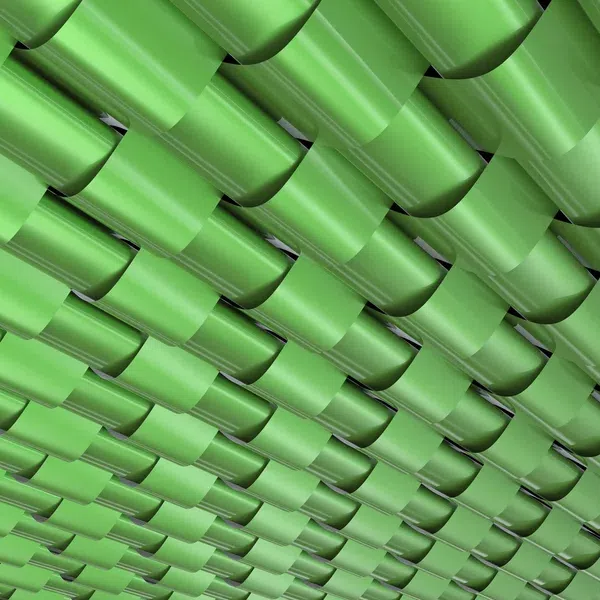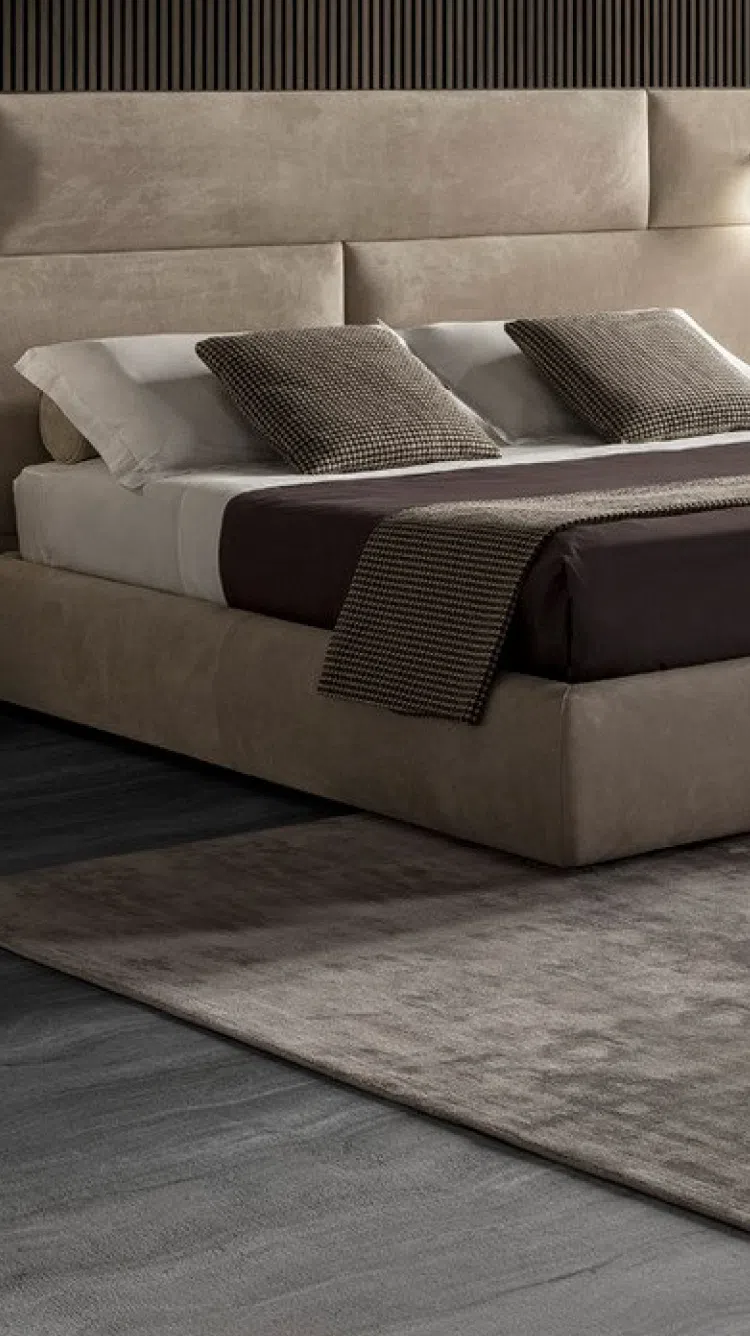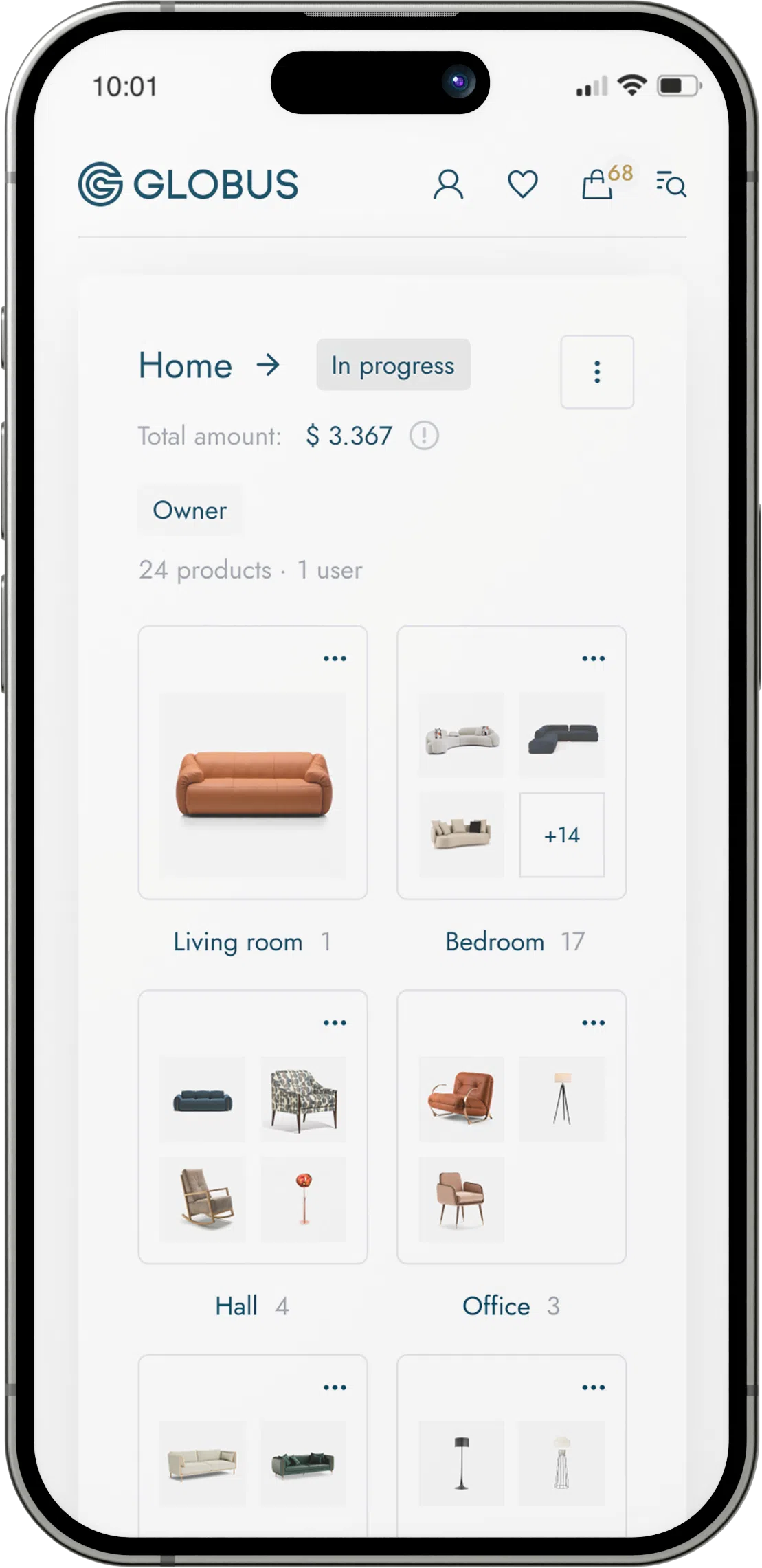
This material is created by interweaving or plaiting long, narrow strips of fabric, leather, or other flexible materials into a braid. These braids can vary widely depending on the thickness, color, and type of material used. Some common materials for braids might include cotton, polyester, nylon, or blended synthetic fibers. Natural fibers such as jute or hemp, or luxurious ones like silk, can also be used for more specific design applications.
Here are a few aspects to consider about braided ribbon material in furniture:
Aesthetic Appeal: Braided ribbon adds a tactile and visual dimension to furniture. It can be used as trim on upholstery, incorporated into the design of throw pillows, or wrapped around furniture frames for a bespoke look. The intricate patterns created by the braids can range from simple three-strand designs to more elaborate weaves, providing a range of stylistic options.
Durability: As an accent piece, braided ribbon doesn't usually bear a structural load, so its durability is more about maintaining appearance than supporting weight. The durability would be dependent on the materials used and the environment in which the furniture is placed. For example, braided ribbons made from polypropylene would be more resistant to moisture and mildew, making them suitable for outdoor furniture applications.
Functionality: In addition to decorative uses, braided ribbon can also serve certain functional purposes in furniture design. For example, it might be used as part of a drawer pull, as straps for a lightweight chair, or to reinforce seams and edges on upholstered pieces.
Care and Maintenance: The care for braided ribbon would depend on its material composition. Natural fibers might require more delicate cleaning methods to avoid damage. Synthetic materials are generally more robust and can often be wiped clean or occasionally washed, depending on their specific properties and the manufacturer's guidelines.
Sustainability: The environmental impact of braided ribbon material depends on the source and production process of the constituent fibers. Natural fibers that are renewable and biodegradable (like cotton or hemp) could be considered more sustainable, while synthetics might be less so unless they are made from recycled materials or designed for recyclability.
Customization: Braided ribbons offer a high degree of customization due to the variety of materials that can be used, the different braiding techniques that can be applied, and the range of dyeing options. As such, designers and consumers can often find or commission braided ribbon that perfectly matches their design vision.
In summary, braided ribbon material in furniture serves as an accentuating feature, providing aesthetic flair, textural contrast, and sometimes functional benefits. The choice of this material would be influenced by design requirements, desired durability, care considerations, and environmental impact considerations.


